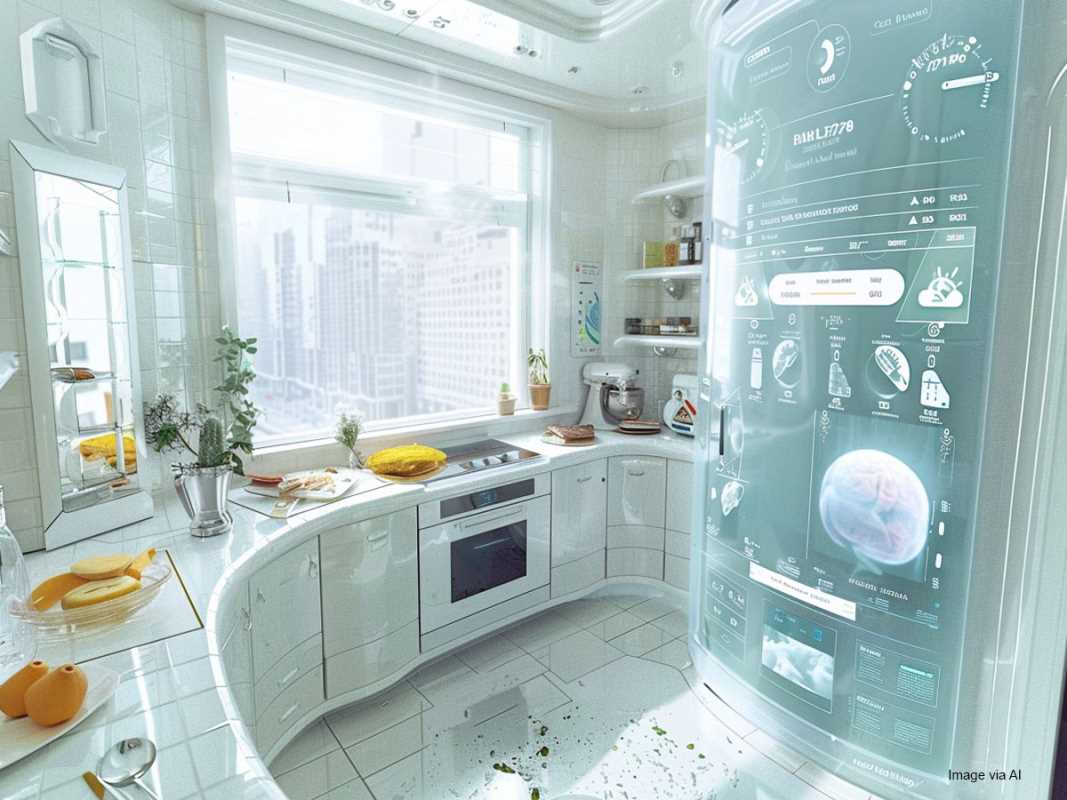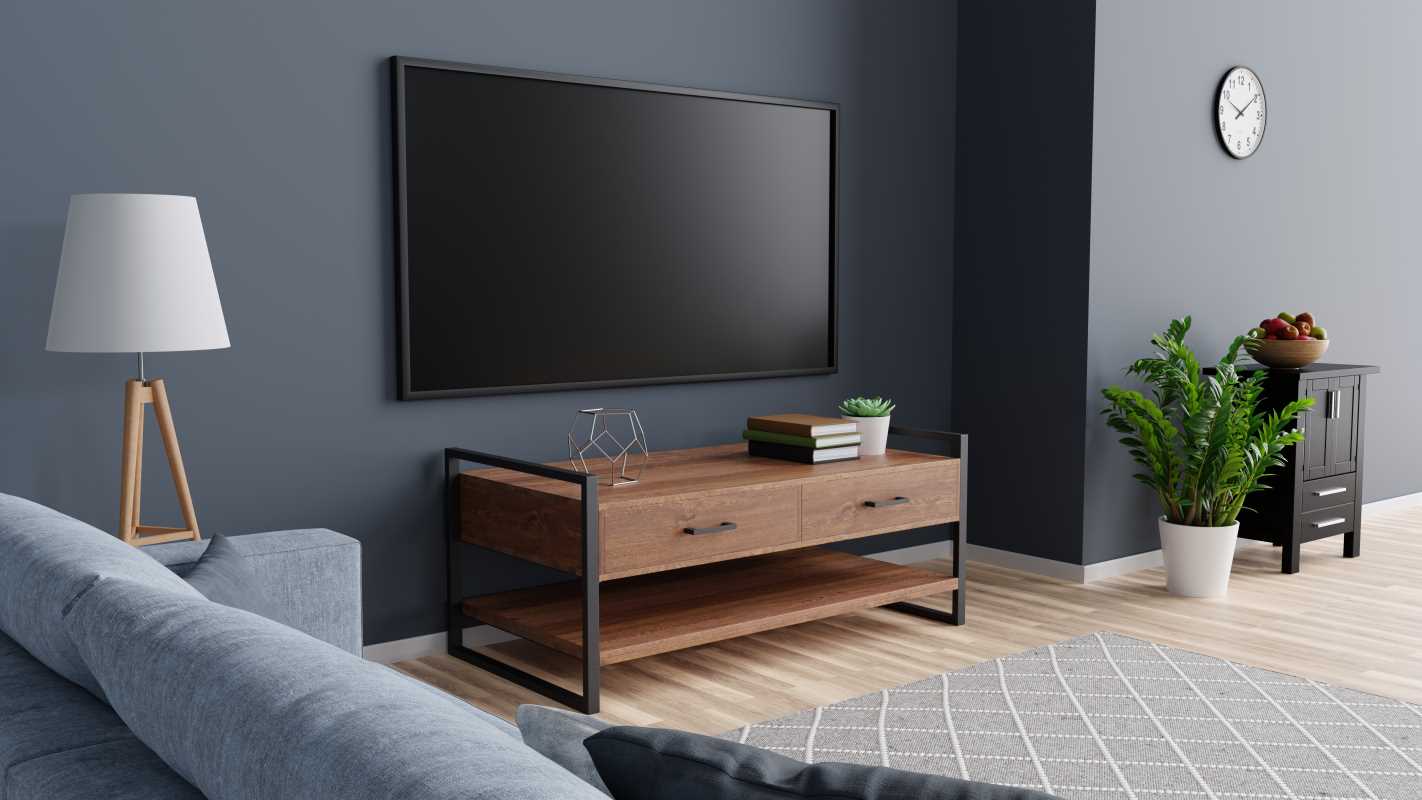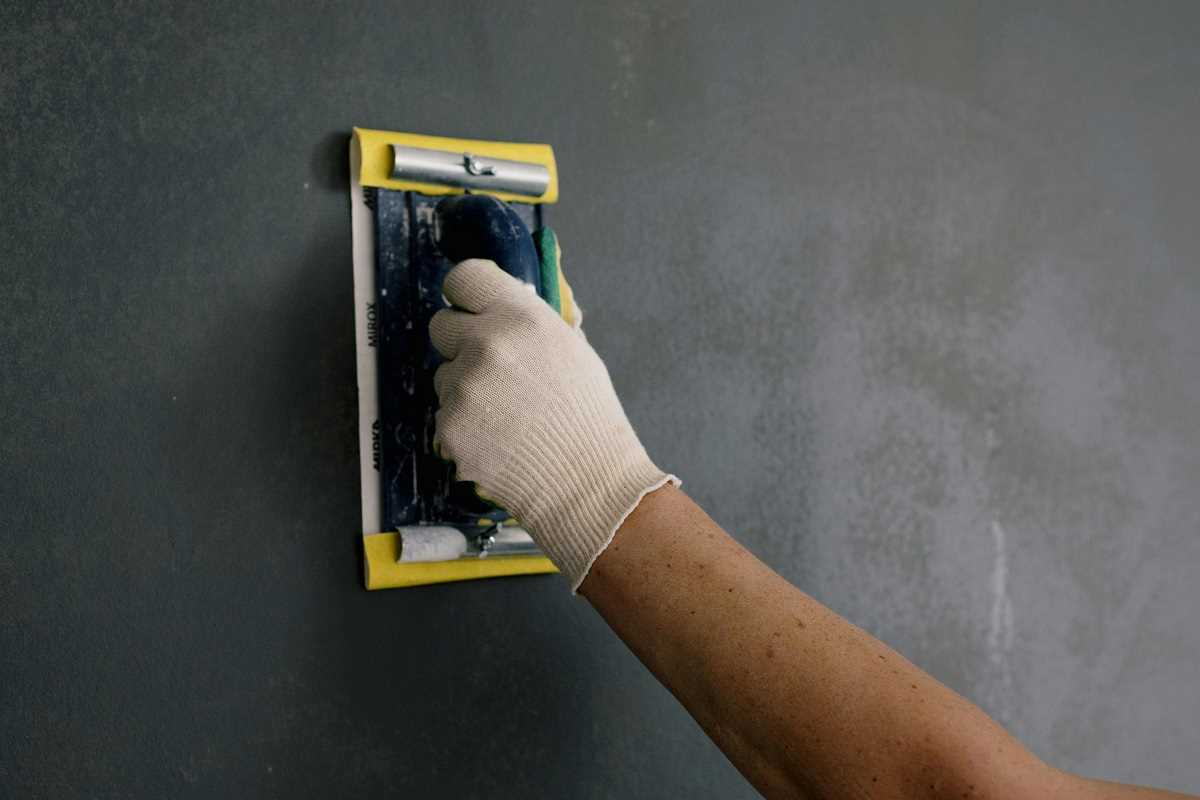Freshening up your kitchen can lower your energy bills while bringing a new sense of comfort to your home. Begin by assessing the current state of your kitchen. Look for any drafts around windows or doors, and check if older appliances like your refrigerator use more electricity than necessary. Noticing these details lets you target improvements that offer real savings and benefits. Instead of simply changing out appliances for newer models, focus on updates that actually make a difference in both efficiency and atmosphere. With a thoughtful approach, you can create a kitchen that feels inviting and runs more smoothly every day.
Imagine cooking on a summer afternoon without worrying about the oven heating up the whole house. With a few smart changes, you’ll cook more comfortably and see lower numbers on your next utility bill. Let’s dive in.
Assess your current kitchen efficiency
Before swapping appliances, figure out where energy leaks happen. Spend ten minutes following this self-check:
- Inspect windows and doors. Feel for cold or hot air pushing through.
- Note appliance ages. Most fridges older than ten years consume double the energy of newer models.
- Spot inefficient lighting. Are you still using incandescent bulbs?
- Check your cookware. Thin pans heat unevenly and waste energy.
Once you identify those trouble spots, you’ll see exactly which upgrade makes sense first. Maybe a door sweep solves a draft issue in minutes, or a new LED bulb brightens the counter and saves money.
Keep a simple log on your phone. Write down each item’s condition and age. That list becomes your roadmap for the makeover, so you focus on what truly needs attention.
Upgrade your appliances
Replacing old machines with Energy Star-rated models delivers the biggest payoff. These logos mean the appliances pass strict tests for efficiency, so they use less power instead of wasting it. Here’s a quick feature comparison of some top picks:
- GE Profile Counter-Depth Fridge: Offers dual evaporators to keep produce fresher and consumes about 15% less power than standard units.
- Samsung Flex Duo Oven: Lets you bake and roast at different temperatures simultaneously. The self-cleaning feature heats more evenly, so you spend less time (and energy) running extra cycles.
- Bosch Compact Dishwasher: Provides a half-load option that uses under four gallons of water and reduces rinse times by up to 30%.
When you shop, check the EnergyGuide label too. It shows the estimated yearly energy cost so you can compare models at a glance. Sometimes a slightly higher price pays off in a year or two through savings.
If you use your oven daily, consider a convection model. It circulates hot air for faster, lower-temperature cooking. You’ll save minutes—and energy—every time you roast that chicken or bake cookies.
Improve lighting and insulation
Stand under that flickering fluorescent tube and realize there’s a better way. Switch to LED bulbs rated for kitchen use; they last up to 25,000 hours and provide crisp task lighting. Install under-cabinet strips to light counters without blasting the overhead fixture.
Walls and floors also matter. Seal gaps around window frames with a thin spray-foam instead of old caulk. Apply a peel-and-stick insulation mat behind your backsplash—vinyl tiles cover it nicely and add a splash of color, too.
Don’t forget cabinet doors. Line the inside with reflective heat pads near stoves. They reflect heat back to the pan instead of letting it seep into the wood.
Integrate smart home technology
You don’t need a full voice-controlled command center. A smart plug under the counter can turn appliances off when they’re not in use. Pair it with a timer so your slow cooker doesn’t run longer than needed.
Install a faucet that measures your water flow. It pauses the stream when you’re not rinsing, saving gallons every meal prep. Connect it to an app and check daily usage stats. You’ll enjoy seeing those totals shrink.
Smart thermostats work well if you have a kitchen-specific vent or fan. Schedule the exhaust to run just long enough to clear steam and odors, rather than leaving it on manually.
Choose sustainable materials and fixtures
When you pick a new countertop, consider recycled glass or bamboo. These surfaces resist stains and heat while brightening your space. Bamboo cutting boards look great leaned against the backsplash and double as a quick serving spot.
Faucet hardware made from brushed nickel resists corrosion better than chrome. A ceramic disk valve lasts years without leaks, unlike older, rubber-seated models. You save on replacement parts and water waste.
Flooring matters, too. Cork tiles spring back underfoot, reduce noise, and keep your shoes from scuffing pots. They’re easy to install over existing vinyl or wood floors, no demo crew needed.
Smart Kitchen Upgrades
These six upgrades work together to change how you cook and live in your kitchen. You’ll notice fewer temperature swings, lower bills, and a sleek, modern look that matches your everyday style. Each step gives you back comfort and savings, helping you enjoy every meal prep moment.
Apply your savings now to create a more eco-friendly and cost-effective kitchen in the future.
 (Image source: Midjourney)
(Image source: Midjourney) 





